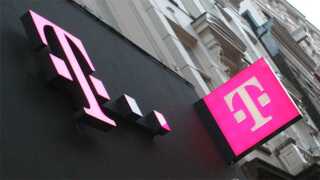NJFX customers can use these strategic subsea cables via secure Network to Network Interfaces (NNI) at NJFX’s New Jersey colocation campus. In addition, the two new subsea cable also allow carriers, service providers, content companies and enterprises high capacity, while eliminating traditional points of failure when providing US to Europe, US to Brazil and US to Asia connectivity.
Gil Santaliz, NJFX founder and chief executive officer, said: “Our new breakout capability allows carriers to use these subsea systems to reach the U.S. and bypass traditional routes that have multiple hops. This is crucial not only to reduce latency, but also in terms of increasing reliability and disaster recovery options. You only have to look to recent hurricanes to see that for communications hubs, one disruption in the chain could mean disruption in financial transactions, communications and connectivity to South America."
The TGN cables are submarine cable systems connecting Highbridge UK to Wall, New Jersey. Seabras-1 is a 10,500-km fiber optic cable that connects Sao Paulo, Brazil to the US It offers connectivity to financial markets and other Latin America enterprises and bypasses the Atlantic hurricane zone.
Federico Porri, CTO at Sparkle Americas, added: “Customers at NJFX with the most stringent latency and diversification requirements, and who need higher reliability, can now enjoy direct advanced connectivity solutions to Brazil and beyond through Sparkle’s Seabras-1 capabilities. As we are constantly working to provide more value and secure diversity options for our customers, we are happy to partner with NJFX, a company that provides a very reliable and flexible environment with great backhaul partners.”





